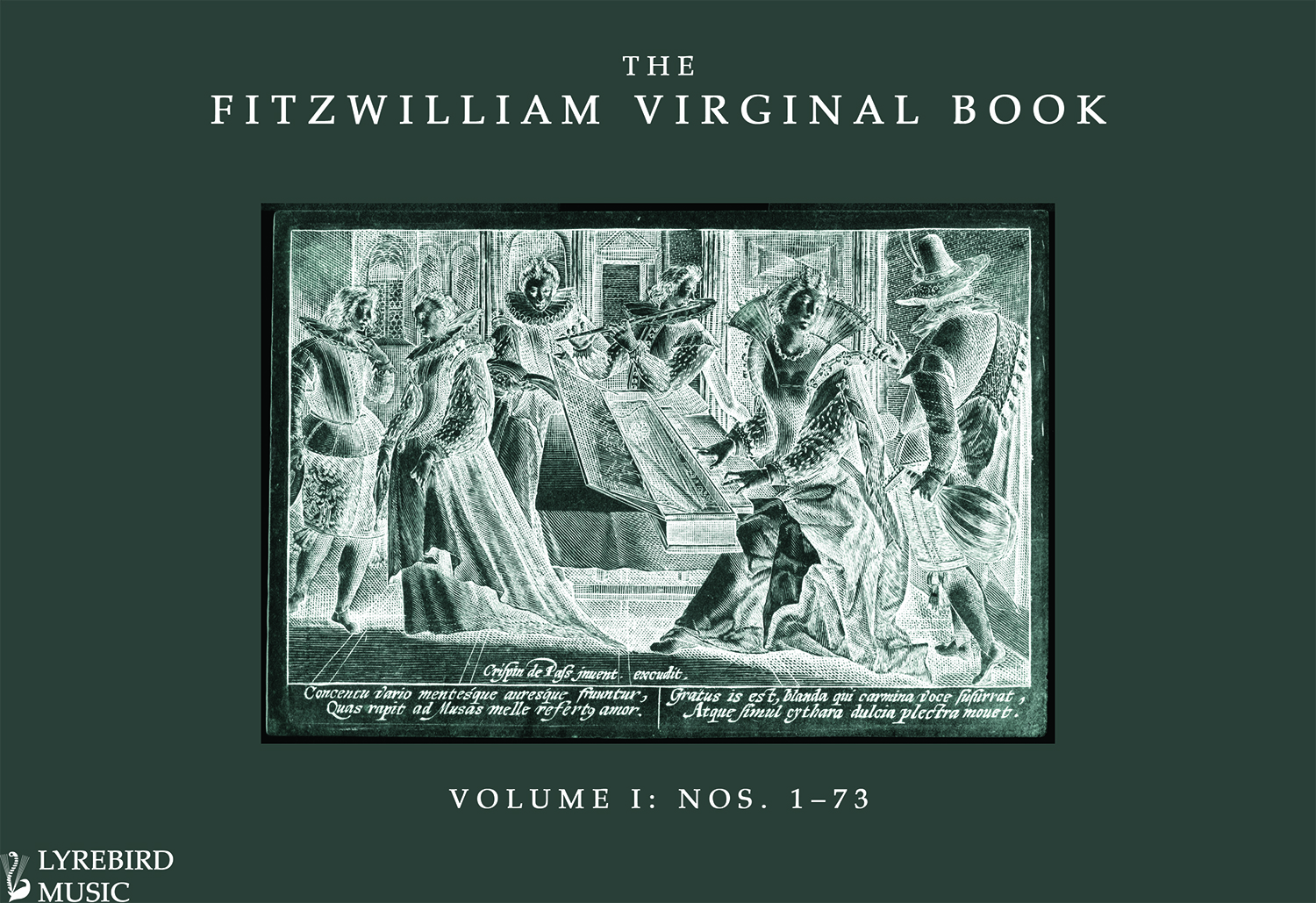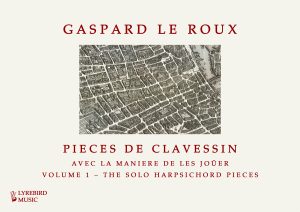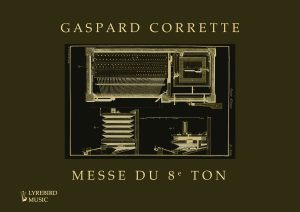LBMP–0000: The Fitzwilliam Virginal Book – Complete Edition
From €133.42
1290 pages in three volumes
Edited by Jon Baxendale and Francis Knights
- Complete background notes
- Notes on performance style
- Full critical commentary
- Three available formats
- Colour hardback cover with a matt finish (choice on checkout)
- Wire-bound with soft colour cover (choice on checkout)
- Tablet (PDF – one download available for 5 days)
Prices vary according to your needs. Please first choose the format you require.
These books contain in excess of 400 pages. Please choose your binding type carefully since returns cannot be accepted after the order has been processed.
Please note that if you are an EU customer, the prices include the VAT for your area. This is collected for orders under €150. EU customers whose orders exceed €150 will see the VAT until checkout, at which point taxes will be removed.
Dated c. 1614-1617, the manuscript was copied by the catholic recusant, Francis Tregian, reputedly during his incarceration in London’s notorious Fleet Prison, where he was held for the non-payment of debt. Yet it would be nearly 300 years before the first edition was made available to the public, which was undertaken in 1899 by William Barclay Squire and John Alexander Fuller Maitland. Although pieces from the FVB have appeared in various anthologies including the renowned Musica Britannica series, no new version (apart from a slight revision of Barclay Squire and Fuller Maitland’s books) has been published. Representing over 18 months of work by its editors, Francis Knights and Jon Baxendale, this new edition corrects the 10,000 errors found in the manuscript.
The new edition is presented in three volumes with a substantial preface heading the first. It examines:
- The background to the period in which the known FVB composers lived.
- A detailed discussion of the manuscript and its notation.
- Notes on genre and instrumentation.
- Information on performance style (ornamentation, fingering, black notation and time signatures).
- An overview of instruments available to musicians of the period.
In comparison with the 1899 edition, the editors have returned the notation to a near facsimile of the manuscript. Their philosophy is that this allows the player a more intimate connexion to the music. This means that:
- The original beaming and appearance of chords have been reinstated.
- Original time signatures have been restored.
- The black notation associated with ‘compound time’ pieces has been retained.
- All other features of the manuscript such as accidentals and their placing appear as they did originally.
For those unfamiliar with music ficta, the editors have made suggestions to help decide which notes should be chromatically altered.
Pending







